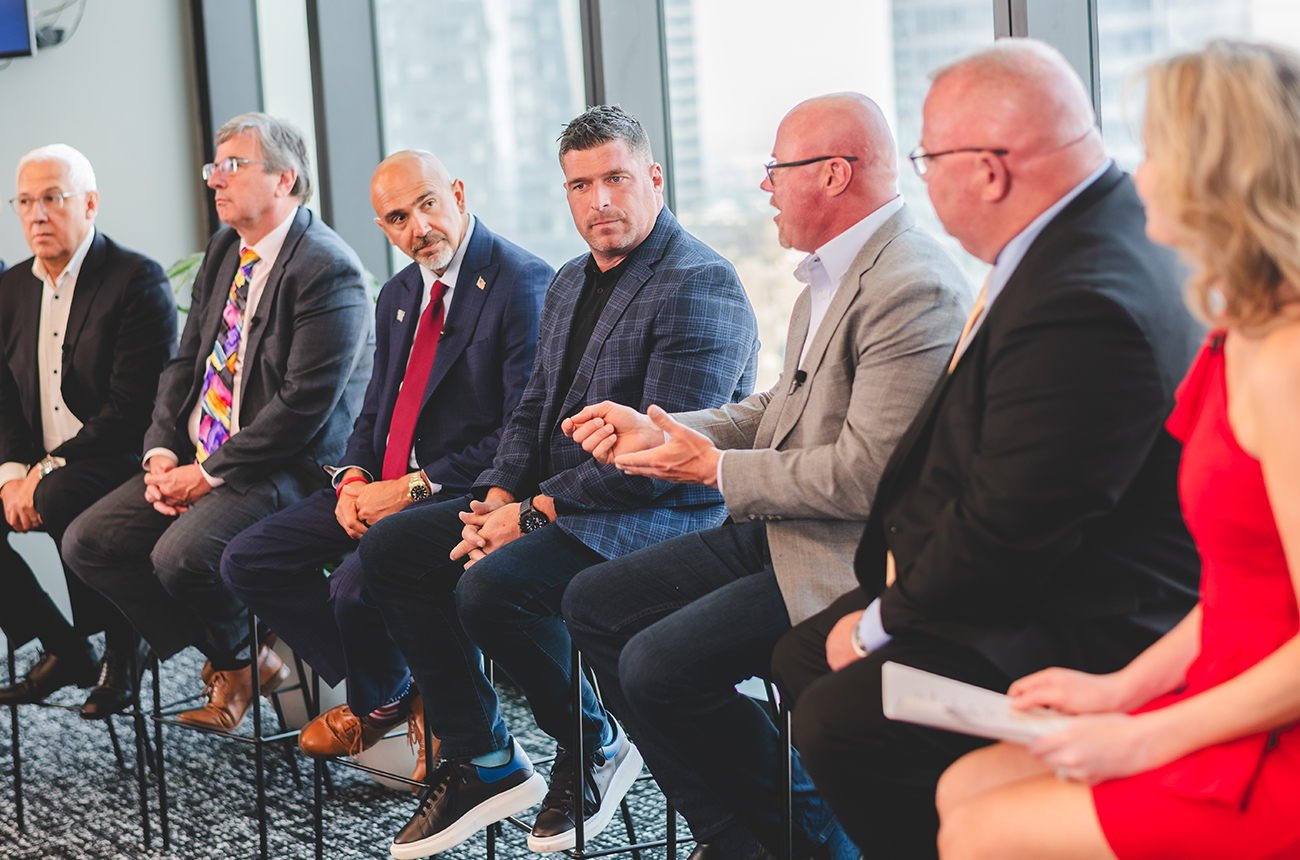If the last 4 years of sales data shows anything, it’s that we have entered the age of Fixed Ops. And there’s no going back.
Strategies are shifting across the industry.The decades-long focus on new inventory is taking a backseat to trade-ins and certifieds – and you need to make sure your recon team is buckled in for success.
But, try as we might, the process wasn’t built for speed (or comfort). There’s plenty of room for improvement between the time of acquisition and the moment of sale. The good news, though, is that a little proper planning is all you need for your team to hit full steam ahead.
The Goal: Get Everyone On The Same Page
Part of the problem is that everyone seems to have their own opinion on where all the inefficiencies in recon are coming from, but nobody has the full picture. Without measured, quantifiable evidence, it’s all really just finger pointing.
If you want real answers that’ll push your speed-to-sale to new limits, you’ll need to recon your recon first.
It’s one thing to say that “Fixed Ops is driving profits at this dealership.” But it’s another thing entirely to be able to, for example, confidently show your GM exactly where your team is cutting vehicle turnover with greater technician productivity.
So where do you start?
Step 1: Step Back& Think About The Problem
Dealership margins are thinner than ever. Any business needs to measure how different departments are performing to improve or succeed — recon is no different. You need to get vehicles ready for sale as efficiently as possible, without any wasted effort.
We all just want to move fast and fix things, but knowing why you hit your numbers is just as important as understanding why you did not. If you’re lacking the ability to track the progress of each part of your recon process, efficiencies are going to remain hidden. Margins will shrink further and opportunities for growth will stay missed.
Tracking the stages of your recon process allows you to step back and identify bottlenecks first, so you can consider your options instead of repeatedly rebuilding on the fly. Plus, when you can effectively communicate this data to dealership management, it builds trust, earns you autonomy, and creates an environment where process improvements can keep making life easier for everyone involved.
Step 2: Haul inSome Data & Set Your Baseline
This part is important to remember: The improvements you can make to your recon are only as good as the data you gather.
Rebuilding your recon process begins with marking the two most important points in the process: the starting point and the finish line. Now break down the rest of your recon process into distinct parts to help monitor progress at every step: transport, check-in, appraisal, mechanical work, body repairs, detailing, etc.
Now that your process is mapped out with a comprehensive tracking system, you have a clear lay of the land, with direct line-of-sight to each stage of your recon. You can analyze all associated costs at every step, and start tying expenses to the source. You’ll be able to see not only where you can improve issues like downtime, but also where expenses are truly adding up.
Step 3: Point theCompass & Set Your Sights
With your baseline data collected and available for all to see, now it’s time to set specific, measurable goals that align with your dealership’s strategic and financial objectives.
You’ll need to define clear time targets for each stage in your recon process, making sure all goals are a healthy combination of ambitious and achievable.
We can’t overstate how essential it is at this stage to collaborate with management and make sure you’re setting your team up for success, so allow us to repeat ourselves:
It is essential to collaborate with management and make sure you’re setting your team up for success.
Work together to establish an incentive program that rewards teams and employees who meet or exceed their expected targets. Rewarding high performance keeps motivation strong and encourages continuous improvement across departments.
Future Forward: Optimize & Repeat
Goal setting is just the beginning. Precise tracking and continuous monitoring are the keys to long-term success. Regularly review your data to identify any trends or disruptions, and make data-driven adjustments as needed (no more blame games).
With everyone on the same page and the cycle going strong, you can turn your recon process into a well-oiled machine that boosts speed-to-sale, reduces downtime, and adds substantial value to your dealership’s bottom line.
Invest in data-management tools that help visualize your data for straightforward, digestible reporting. This eases internal communication across the board and simplifies presentations to upper management, ensuring everyone stays aligned on progress and opportunities for growth.
Finding the Tool That Fits the Job
An optimized recon process is a competitive advantage. Because with streamlined workflows, precise data tracking, and continuous refinement, your dealership can fast-track inventory to the frontline and maximize profitability.
And while many dealerships are only beginning to see the potential of strong data analysis, you’re already positioning your team for success by prioritizing efficiency and performance. When you equip them with the right tools and insights, you’re not just staying in the game – you’re setting the pace.
We Go The Extra Mile — Every Time
Are you frustrated by a reconditioning process that needs reconditioning?
Repair360 was built to get you there (and go the extra mile) every single time.We streamline the data-gathering process for dealerships, putting Fixed Ops at the center — and that’s just the start.
You’ll get so much more than visibility into the process, because we’ll help you skip all the number crunching, too.Repair360 gets right into the nuts and bolts for you, compiling, analyzing, and translating all the data from every step of your recon into something you can actually work with. It does more than just identify the roadblocks in your recon process. It fits your whole Fixed Ops department like a glove for hands-on management, all while giving you a birds-eye-view and eliminating days(and days) of downtime and lost profit.









